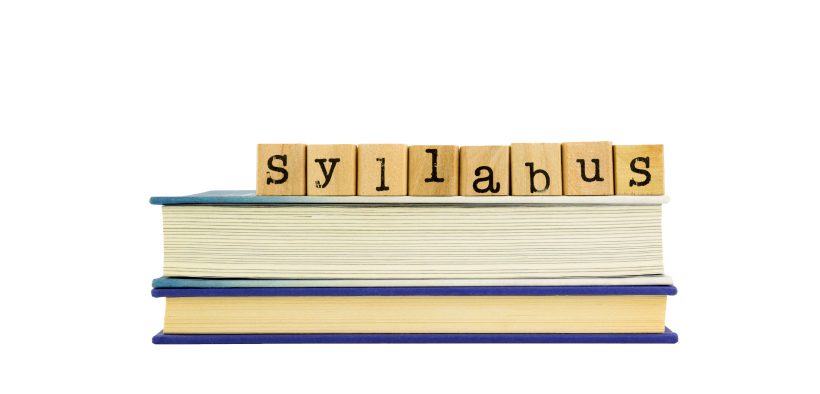Various aspects of the syllabus have been studied, among them issues of tone, its use of images, its length, whether it’s “learner-centered,” and the effects of its being so or not. The studies highlighted here also illustrate the range of methodologies researchers have used to study the syllabus. This collection is more representative than comprehensive. The research questions the work below explores are mostly pragmatic, and that makes the findings of interest to faculty.
Related Articles
I have two loves: teaching and learning. Although I love them for different reasons, I’ve been passionate about...
Active learning is a mostly meaningless educational buzzword. It’s a feel-good, intuitively popular term that indicates concern for...
Perhaps the earliest introduction a student has with a course is the syllabus as it’s generally the first...
Generative AI allows instructors to create interactive, self-directed review activities for their courses. The beauty of these activities...
I’ve often felt that a teacher’s life is suspended, Janus-like, between past experiences and future hopes; it’s only...
I teach first-year writing at a small liberal arts college, and on the first day of class, I...
Proponents of rubrics champion them as a means of ensuring consistency in grading, not only between students within...









